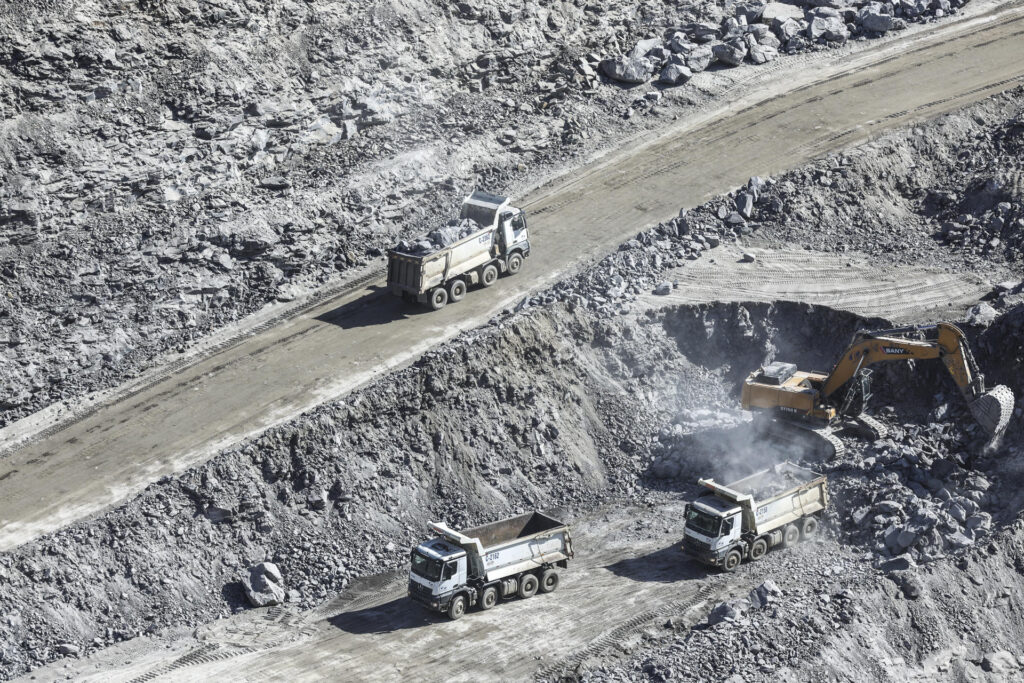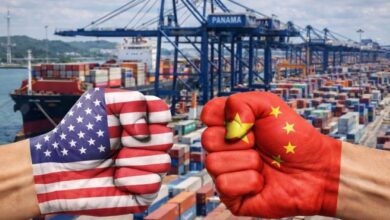Brazil’s Jequitinhonha Valley Emerges as Lithium El Dorado

Global hunger for electric cars has turned Brazil’s Jequitinhonha Valley into a lithium El Dorado, luring billions in mining investments, Chinese buyers, and U.S. interest. Production has exploded, fortunes beckon, and a poor region is learning the hidden costs of sudden wealth.
From backwater to boomtown
Until recently, the Jequitinhonha Valley in Minas Gerais was synonymous with drought, poverty, and migration. That changed in 2022, when a federal decree authorized lithium exports and opened the gates to one of the world’s largest undeveloped deposits.
In just two years, five companies—most of which are backed by foreign capital—announced projects worth 6.3 billion reais. On the dusty roads of Araçuaí and Itinga, stillness has given way to blasting, excavators biting into pale rock, and convoys of ore trucks, as EFE witnessed in the field. Geologists and company reps now crowd hotel lobbies; job postings outnumber barstools.
The numbers explain the frenzy. With only two producers currently active, output of spodumene concentrate—the lithium-bearing mineral prized by refineries—has multiplied twentyfold since 2023. By year’s end, production is expected to reach 320,000 metric tons, with most of it destined for Chinese converters. Brazil now ranks as the fifth-largest producer worldwide, sitting on the seventh-largest reserves. Within its borders, Jequitinhonha is the epicenter: 45 discovered deposits hold about 85% of national reserves and 8% of global reserves, according to Brazil’s Ministry of Mines and Energy.
The geopolitics are equally intense. Washington and Beijing are racing to secure “critical minerals.” U.S. officials have pressed Brasília for access not only to lithium but also to niobium and nickel. Meanwhile, China’s electric-vehicle giants are buying Jequitinhonha’s concentrate almost as quickly as it comes out of the ground.
Prices fall, costs punch back
The lithium party, however, hasn’t been all champagne. Spot prices for spodumene have collapsed from around $4,000 per ton in 2022 to roughly $950 today. Projects continue, but every company has had to prove it can weather the downcycle.
“Lithium in Brazil is very competitive because of low labor and energy costs,” said Daniel Abdo, vice president for international relations at Sigma Lithium, in an interview with EFE. “While our operational cost is $500 per ton, in Australia it reaches $1,000. That’s why we’ve navigated this well.”
Sigma, a Canadian-based company, began open-pit mining in May 2023 and now produces about 270,000 tons annually. Two expansion phases are underway to lift output to 770,000 tons by 2027—making Sigma the third-largest producer in the world.
For Brazil’s veteran Companhia Brasileira de Lítio (CBL), the tone is more cautious. Global demand is “very encouraging,” CEO Vinícius Alvarenga told EFE, but today’s prices “do not justify new investments.” Still, CBL has quintupled concentrate output to around 50,000 tons per year at its underground Cachoeira mine. What sets it apart is its domestic chemical plant, which converts concentrate into 99%-pure lithium carbonate for Brazilian industries that manufacture medicines, greases, and ceramics. By 2027, CBL plans to more than double concentrate output to 110,000 tons and triple carbonate capacity to 6,000 tons.
Even amid low prices, Jequitinhonha’s project pipeline continues to grow. Canada’s AMG is moving toward 180,000 tons annually; U.S.-based Atlas Lithium targets 150,000; Australia’s Pilbara Minerals has mapped out a $313 million investment; and Canada’s Lithium Ionic is committing $140 million. If capital keeps flowing, Jequitinhonha ore won’t just fuel Chinese cathode plants—it could anchor a fledgling Brazilian midstream, with more chemical processing and jobs that reach beyond digging.
Winners, worries, and what change looks like
A boom this sudden brings more than profits. In Araçuaí and Itinga, locals talk of an economy transformed by the rumble of trucks and the hiss of drills. Land values are climbing, and restaurants are packed with newcomers speaking English, Mandarin, and Australian accents. Municipalities are counting on royalties to patch roads and expand services.
But the costs are already visible: dust and constant noise, traffic on fragile rural roads, and pressure on water at a time of worsening climate stress. Social questions trail the geology. Mining jobs pay better than farming, but they require skills the region doesn’t yet have. Training programs lag behind the hiring rush. Traditional livelihoods, such as subsistence farming and artisanal crafts, are at risk of displacement.
And while exports have fattened company balance sheets, the region is still waiting for a convincing plan to keep more value in Brazil. The dream is to see chemical plants near the mines, recycling hubs that capture metals at end-of-life, and stricter oversight so “white gold” doesn’t stain rivers red.
Even the winners are wary. Abdo points to Brazil’s cost advantage; Alvarenga refuses to chase price spikes with rash expansions. The valley knows the commodity cycle can be cruel—booms can vanish as quickly as they arrive.

From ore to ecosystem
Lithium headlines tend to flatten the story into tonnages and prices. Jequitinhonha’s future will hinge on resisting that reduction. Building a resilient ecosystem requires connective tissue: power lines that deliver clean energy, water systems that recycle every drop, roads and rail that carry product without strangling small towns, and schools that train metallurgists alongside mechanics.
It also requires honesty about geopolitics. Almost all Jequitinhonha concentrate currently sails to China. If Brasília wants a resilient battery industry, it must pair its 2022 export decree with policies that root midstream at home: tax breaks for chemical conversion, long-term power guarantees, and financing that makes local processing viable.
For now, the valley lives in two realities. By day, the crack of blasts echoes off the hillsides. By night, expectation hangs heavy in the air. The ore is real. So are the promises and the risks.
Also Read: Puerto Rico Sings Along as Bad Bunny Powers a Tourism Boom
“We’ve managed to navigate this well,” Abdo told EFE, citing Sigma’s cost discipline. “Prices do not justify new investments,” Alvarenga warned, even as his company expands cautiously. Between those poles lies Jequitinhonha’s future—defined not by whether lithium booms again, but by whether Brazil turns a rush into a lasting chapter of shared prosperity.





